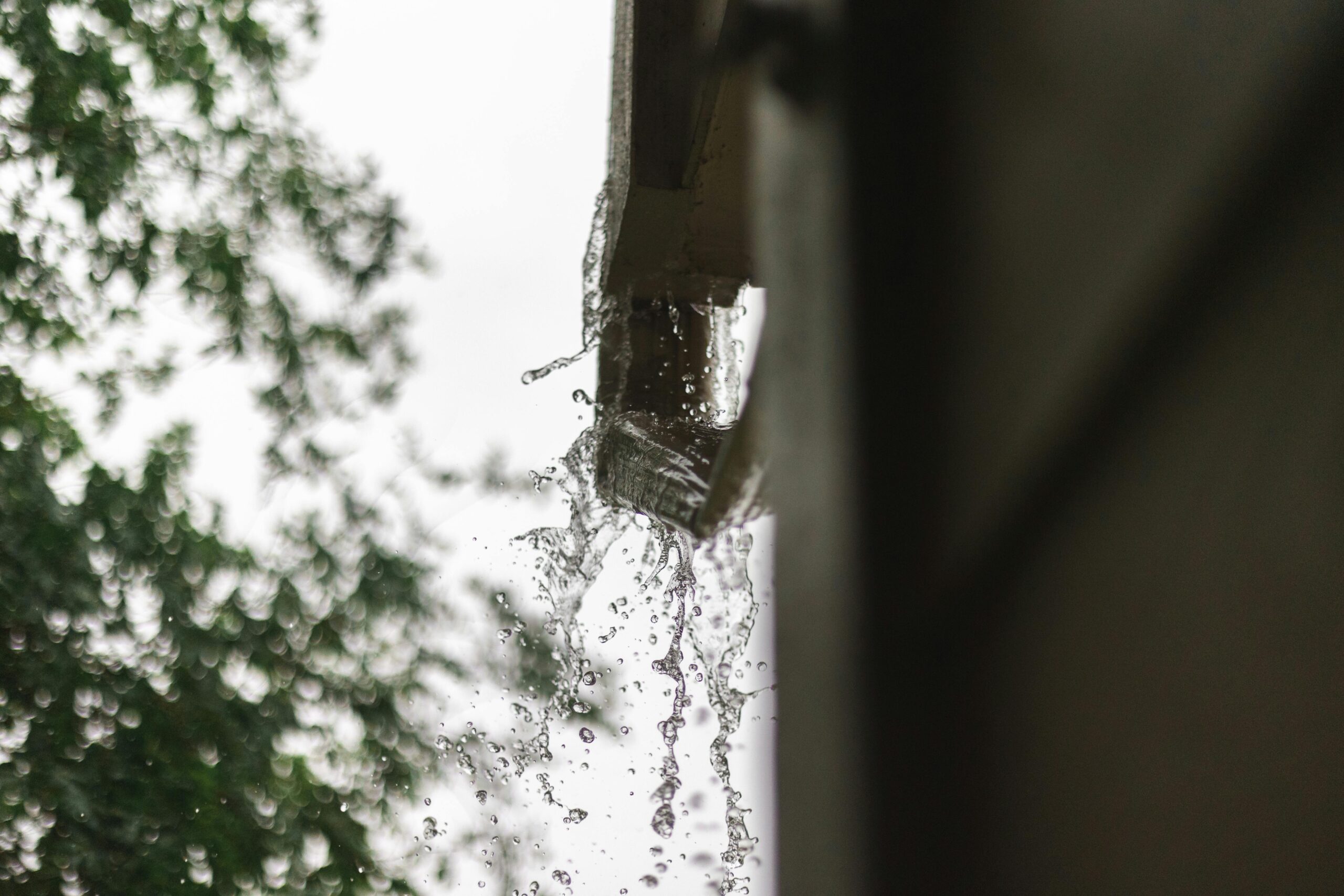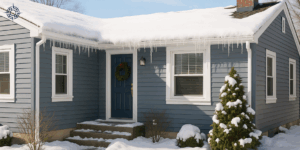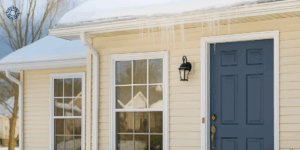Introduction: A Common Misconception
Gutter guards are often marketed as a “set-it-and-forget-it” solution, but while they significantly reduce the volume of leaves and debris that enter your gutter system, they don’t eliminate the need for maintenance entirely. If you’ve recently installed gutter guards—or are considering them—you may be wondering how much upkeep they actually require. This article will walk you through how often gutter guard maintenance is needed, what types of gutter guards may demand more or less attention, and what tasks are involved to ensure your system keeps working year after year.
Clean gutters are more than a cosmetic issue—they’re a vital part of your home’s drainage system. A clogged or leaking gutter can lead to water pooling near your foundation, basement flooding, siding damage, and even ice dams in colder climates. So while gutter guards are a smart investment, knowing how to maintain them will protect your home, your wallet, and your peace of mind.
Types of Gutter Guards and How Maintenance Varies
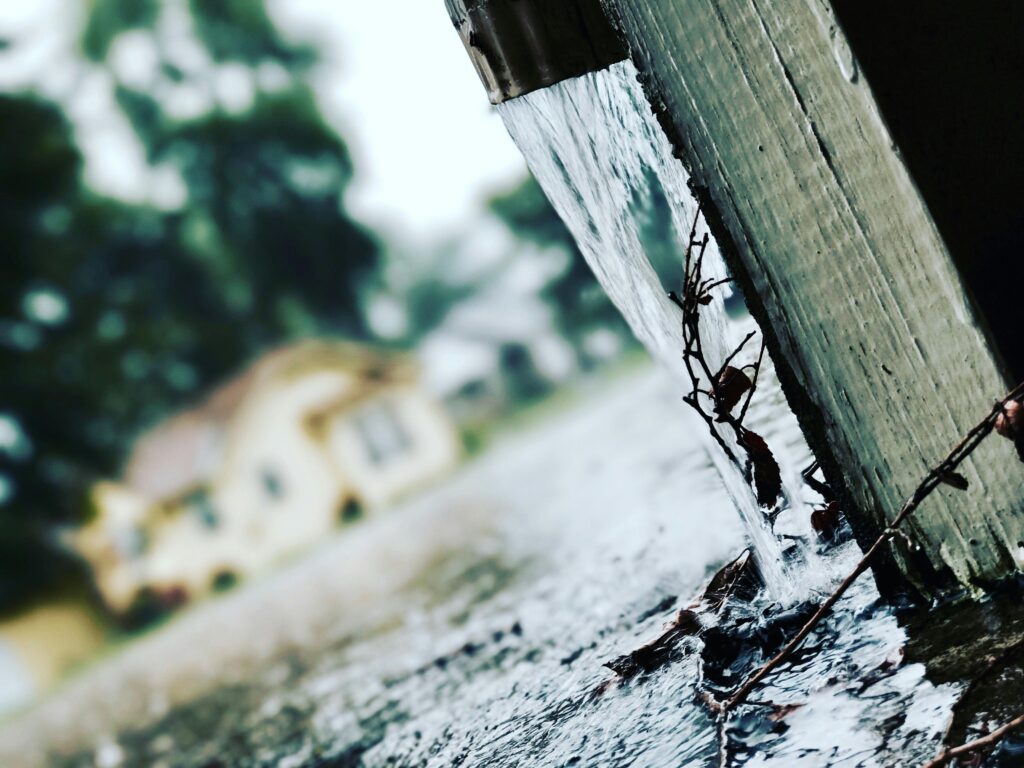
There are several types of gutter guards on the market, each with their own strengths, weaknesses, and maintenance requirements. According to This Old House, the most common types include:
- Screen Guards: Mesh or perforated screens that fit over the gutter to block debris.
- Foam Guards: Porous foam that fits inside the gutter channel.
- Brush Guards: Cylindrical bristle-like brushes that sit inside the gutter.
- Surface Tension (Reverse Curve) Guards: Water clings to a curved cover and flows into the gutter, while debris slides off.
- Micro-Mesh Guards: Fine mesh that filters even tiny debris.
Maintenance differs slightly by type:
- Screen and Brush Guards often need more frequent cleaning, especially in areas with pine needles or seeds that can wedge into openings.
- Foam Guards are prone to mold and algae and may require full removal and replacement more frequently.
- Micro-Mesh and Surface Tension Guards generally require the least day-to-day maintenance but still benefit from occasional top-side cleaning and hardware checks.
Regardless of type, some debris will still collect on top of the guard or at joints and seams. That’s why even the best gutter guard system should be inspected and cleaned periodically—especially in fall and spring.
Debris Removal: Why and How to Do It Right
The most common maintenance task for any gutter guard system is removing debris that collects on top of the guards. Leaves, twigs, seed pods, and pine needles can accumulate and block water from properly entering the gutter. This can lead to overflow, which defeats the entire purpose of having gutters in the first place.
How to clean the top of gutter guards:
- Use a telescoping brush or gutter cleaning tool, especially if your home is single-story. These tools are designed to scrape or sweep away debris without the need for a ladder.
- In areas with heavy foliage or recent storms, you may need to get on a ladder to manually remove debris. If you do this, prioritize safety—use ladder stabilizers or hire a professional if you’re unsure.
- A leaf blower with a directional nozzle attachment can be effective for clearing loose, dry debris.
- Always make sure downspout openings are also clear.
According to GutterGlove, cleaning every 3–4 months is a good baseline, but seasonal factors will dictate frequency.
Flushing Gutters and Sealing Leaks
Even with guards in place, it’s smart to flush your gutters with water once or twice a year to ensure internal buildup (like silt or fine debris) isn’t blocking water flow.
How to flush gutters:
- Use a garden hose with a gutter cleaning attachment.
- Start near the downspout and work your way backward.
- Watch for slow-draining areas or leaks along seams.
- Look for water escaping behind the gutters—this may indicate a loose connection or degraded flashing.
If leaks are found, seal seams with gutter caulk and replace any damaged sections. Check that guards haven’t lifted or shifted out of place, which can allow water to bypass the system entirely.
Trim Overhanging Branches and Prevent Future Issues
Prevention is key. One of the easiest and most effective ways to reduce debris buildup is to keep trees trimmed back from your roofline and gutters.
- Remove branches within 6–10 feet of your roof.
- Consider professional trimming for large trees to avoid risk or injury.
- Monitor growth annually—especially with fast-growing species like maple or cottonwood.
This will reduce the frequency of cleanings and extend the life of both your gutters and your guards.
Tightening or Replacing Gutter Guards and Fasteners
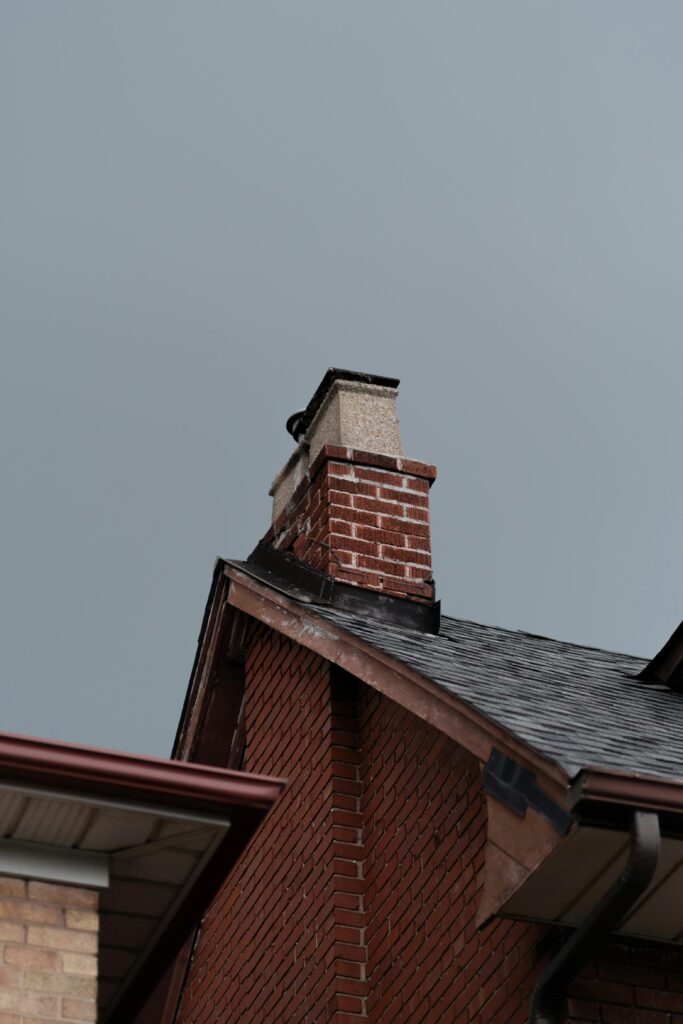
Over time, weather and weight from snow, ice, or debris can cause gutter guards to loosen or warp.
What to check during maintenance:
- Look for sagging guards or detached sections.
- Re-tighten screws or clips that hold guards in place.
- Replace damaged sections—especially with foam or mesh guards, which may degrade faster under UV exposure.
- Inspect mounting brackets and hardware for rust or corrosion.
Performing these quick checks can avoid water damage and extend your system’s lifespan by several years.
How Often Should Gutter Guards Be Maintained?
There’s no one-size-fits-all answer to how often gutter guards need maintenance, but here are general guidelines:
| Maintenance Task | Frequency |
| Remove debris from top of guards | Every 3–4 months or as needed |
| Flush gutters with water | 1–2 times per year |
| Trim overhanging branches | Annually |
| Inspect and tighten guard fasteners | Every 6–12 months |
| Check for leaks or pooling water | After major storms |
Homes in wooded areas or regions with frequent storms will require more frequent maintenance. Likewise, foam and brush guards tend to demand closer attention than micro-mesh or surface tension systems.
Expert Help from Compass Exteriors
At Compass Exteriors, we believe that a properly installed gutter system—with the right guards and a smart maintenance plan—can save homeowners from major repair costs down the line. Whether you’re choosing between gutter guard types or need help inspecting, repairing, or replacing your current system, our experienced team is here to help.
From full gutter replacements and repairs to seasonal tune-ups, we know what it takes to protect your home’s foundation and roofline in Minnesota’s unpredictable weather. Let’s keep your water flowing where it should.
Need help choosing the right gutter guard or want to schedule a maintenance check? Contact Compass Exteriors today.

